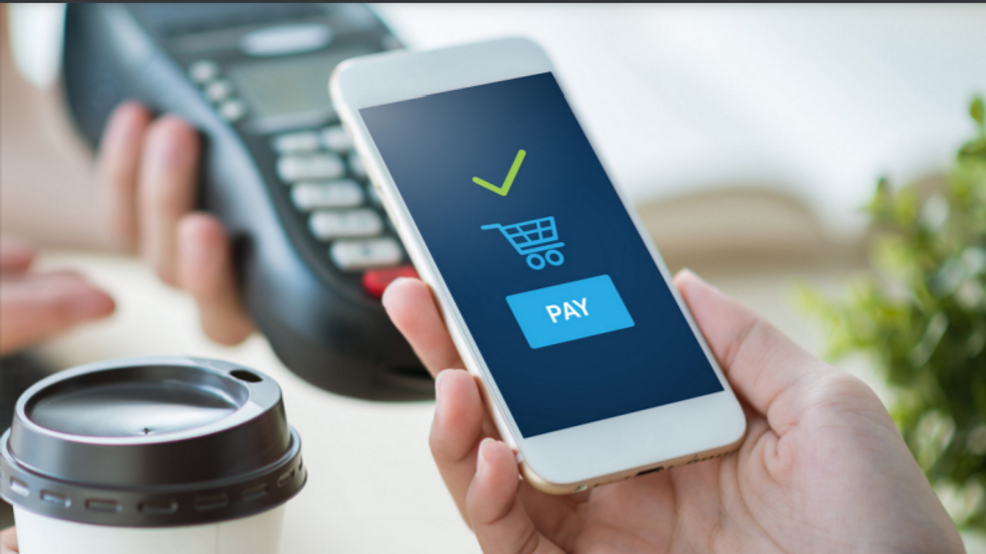Generally speaking, virtual terminals are for merchants who accept credit card payments online or by phone. For example, life coaches and business consultants who bill clients for sessions can use a virtual terminal to process payments.
To run a transaction, the merchant logs into the payment interface and either sends a digital invoice link to the client or manually enters transaction details. The transaction is then authorized or declined by the acquiring bank or credit card network.
Payment Entry
If you’re an online product or service seller, a virtual payment terminal allows you to emulate the physical action of receiving card payments. Simply log into your payment interface, enter a customer’s credit card or ACH information and process the transaction. Afterward, both you and the cardholder are emailed a receipt.
Virtual terminals are especially useful for businesses whose sales are mostly faxed, mailed or phoned in. These types of transactions are known as card-not-present, or CNP, transactions because the customer’s credit card is not present in person when the sale is made. CNP transactions incur higher fees than card-present ones, but a virtual terminal reduces the hassle of manually entering card information for these types of transactions. Streamlined operations also cut costs. If you choose to store a customer’s card details in the virtual terminal, the recurring billing process can be automated and accelerated. This saves time and effort, and improves cash flow. Moreover, it provides more reliable and consistent customer service.
Authorization
A virtual payment terminal is ideal for businesses that operate primarily from their computer or those that need to accept payments remotely. It’s also great for reception-based businesses such as medical offices or freelancers like photographers or home repair professionals.
The virtual payment terminal allows you to manually input a customer’s credit card information for a transaction, similar to how you would do it with an e-commerce platform. This is referred to as card-not-present (CNP) processing and reduces your transaction fees when compared with in-person transactions.
Once the transaction is keyed in and all required fields are filled out, click Capture to send the transaction into a Pending Capture status. Once the pending capture has processed, the Transaction Details screen will appear and display the following:
Verification
Many virtual terminals support a variety of payment types, including credit/debit and eCheck/ACH. They also allow merchants to easily process refunds and re-create scheduled or recurring payments.
Manually entering payment information introduces the possibility of human error, but many virtual terminal systems have features to reduce that risk, such as double-checking entries and using card readers for swiped or dip transactions. They can also prompt for CVV verification and a security code.
Once a transaction is submitted, the virtual terminal receives an authorization response from the processor or acquiring bank. This may include an approval or decline, along with a Worldpay token (if your account is enabled for that solution). The virtual terminal can then email or text the customer a receipt. It can also generate a digital receipt that can be printed for record-keeping purposes. The resulting data entry streamlines the checkout process and enhances the customer experience. Businesses that offer subscription-type services can even further improve customer satisfaction by securely storing payment information for repeat purchases and recurring billing.
Remittance
Virtual payment terminals offer a cost-effective way for merchants to accept credit card payments. They allow businesses to process transactions from a computer, tablet or mobile phone and require no additional hardware. They are ideal for service businesses, including reception-based medical offices or freelance professionals such as photographers and home repair experts.
They are also well suited to businesses that engage with consumers or clients over the phone, such as hotels or car rental agencies. In addition to enabling traditional credit card payments, virtual POS terminals also support MO/TO (Mail Order/Telephone Order) transactions.
Using a virtual terminal is as easy as entering the customer’s billing and credit card information into the on-line form provided by the credit card processor. Funds are then securely deposited into the business’ bank account within a matter of seconds. A digital receipt is then sent to the customer by email or text (if opted-in). Recurring payments are supported, too, increasing cash flow and simplifying accounting.
